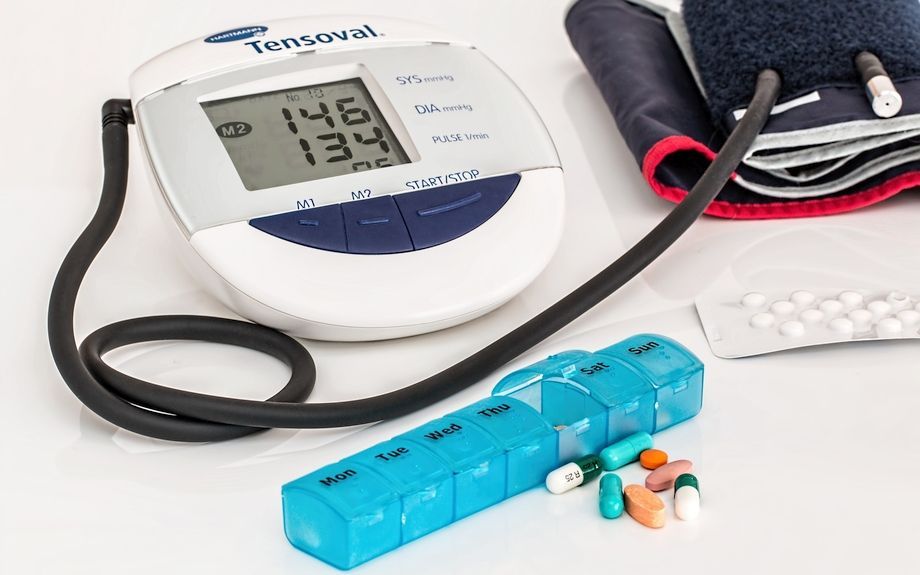Hip Pain
Hip Pain may affect one’s ability to walk and cause discomfort when sitting or lying down. However, hip "problems" are often the result of radiating pelvic pain. By treating the issues related to the pelvis, we can alleviate perceived issues with the hip.
The post Hip Pain appeared first on Hands On Healing.



